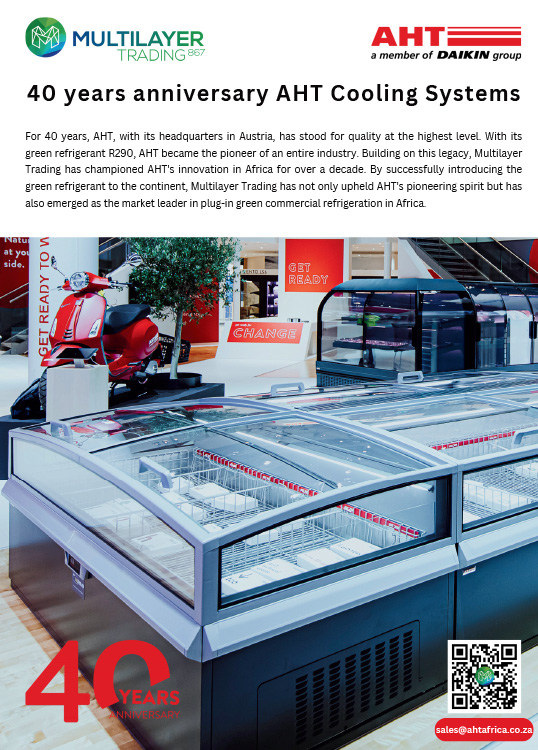

EXCLUSIVE: Whole Foods Market Explains the Impact of Real Estate Trends on Grocery Stores
7/15/2024

Progressive Grocer: Based on your experience over the past 25 years or so, do real estate trends seem to mirror trends in food retailing, in terms of markets and behaviors?
Christina Minardi: Absolutely, real estate trends and food retailing trends go hand-in-hand. Over the past several years, we've seen major shifts in where and how customers want to shop for food. As consumer behaviors and lifestyles have evolved, the real estate needs for grocery stores have had to adapt.
A while back, we were focused on opening large-format suburban stores to serve families looking to do that big weekly shopping trip. But as cities have become revitalized and more people are living in urban communities, we've had to rethink our real estate strategy. Customers want more convenience and the ability to grab what they need more frequently.
That's why we're so excited about concepts like our new Daily Shop stores – smaller footprints that allow us to fill in between our larger Whole Foods Market locations. We want to meet customers where they are, whether that's an urban neighborhood where they need a quick shop or a residential suburb for that stock-up trip.


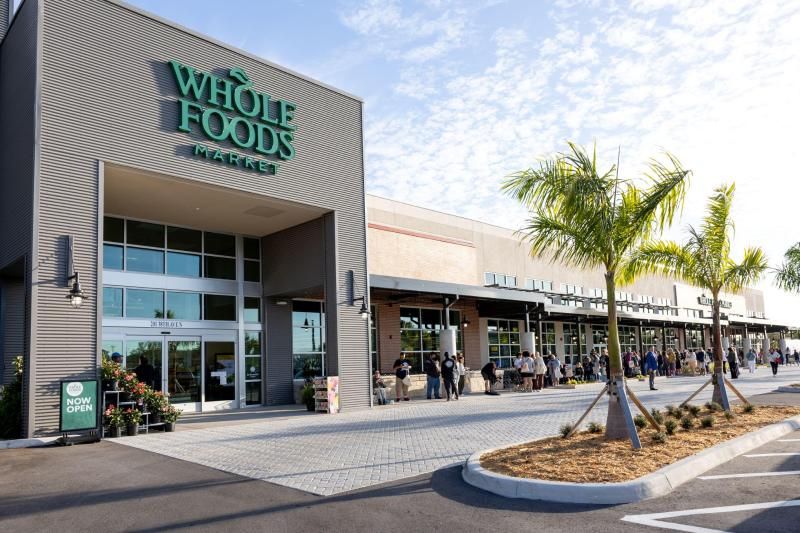
PG: Following a period of low interest rates and a unique COVID era that impacted commercial real estate, what are some challenges and opportunities for food retailers looking to expand their footprint?
CM: The COVID-19 pandemic really disrupted a lot of norms when it came to commercial real estate and physical retail spaces. On one hand, it created some challenges for expansion as consumer behavior shifted rapidly. But it also opened up interesting opportunities that we're still exploring.
One of the biggest challenges stemming from that period was the sheer uncertainty around things like operating hours, capacity restrictions, and evolving safety protocols.
The biggest opportunity, however, has been that COVID really amplified existing consumer preferences for convenience. People wanted easy meal solutions and low-contact ways to get their groceries. It accelerated the need for retail models like our new Daily Shop concept - smaller footprints providing seamless neighborhood grocery access.
PG: What do you enjoy about finding and creating stores in diverse geographical areas of the U.S. – i.e., how a NYC location looks and feels much different to the shopper than a store in Montana? How do you and your team research and add historical and local details to the store environment?
CM: One of the things I absolutely love about my job is getting to create unique Whole Foods Market stores that really reflect the local culture and vibe of the community. No two locations should feel exactly the same to the customer walking in.
Whether it's a store in the heart of New York City or a more rural area like Montana, we spend a ton of time upfront researching and immersing ourselves in what makes that specific area special. The architecture, the history, the local food traditions – we want to capture all of those nuances in our design. We try to get a true sense of the local culture we want to bring into the store. In certain communities, that might mean more earthy, natural tones. In others, it's a bright, colorful aesthetic. We really let the location inspire those choices.
It takes a ton of work upfront, but that attention to capturing each area's unique sense of place is what creates such a meaningful, differentiating experience for Whole Foods Market shoppers. We never want our stores to feel like formulaic, replicated boxes. The goal is for customers to walk in and immediately get a taste of their community's flavor.
PG: How does having a diverse team help you literally and figuratively expand Whole Foods Markets' horizons?
CM: Having a diverse team has been absolutely invaluable as we work to expand Whole Foods Market into new communities. A variety of backgrounds, experiences and viewpoints is critical to making sure we create inclusive, welcoming environments that truly resonate with each area's unique culture.
But diversity also pushes us to think bigger picture about expanding our horizons on what a Whole Foods Market store can be. Team members from different cultures encourage us to reconsider long-held assumptions and norms about grocery merchandising and experiences. How might we adapt to connect better with different shopping behaviors or cultural traditions around food? Their perspectives open our eyes to blind spots we didn't even know existed.
On a personal level, I've learned so much from the diverse range of passionate individuals on my team. They've exposed me to incredible cuisines, ingredients and food cultures that I may have never encountered. It keeps my own culinary horizons expanding and gets me excited to share those discoveries with our customers.


Get more insights from Christina Minardi, who gets personal about her career in food retailing, during a Top Women in Grocery podcast episode that premieres on July 17.
Austin, Texas-based Whole Foods has more than 530 stores in the United States, Canada and the United Kingdom. The retailer is a wholly owned subsidiary of Seattle-based Amazon, which is No. 2 on PG’s 2024 list of the top food and consumables retailers in North America.
Innovations and new tech
Q: What innovations and new developments have occurred in the local and global refrigeration industry over the last few years?
The recent move to HC (hydrocarbon) refrigerant gas solutions has been a significant innovation in the world of refrigeration. The gas itself is far more environmentally friendly than its predecessor, but the components that need to be used within the unit are also substantially more efficient than previous components, making for a far superior product.
Hills says, “The fan motors are a major point – as HC gas is flammable, the use of old tech shaded pole fans has now been replaced by sparkless EC (electronically commutated) fans which offer significant energy savings (up to 70%) compared to shaded pole fans.”
An EC motor combines the best of both AC and DC voltages. Hills says that overall, making a cabinet as efficient as possible is key to reducing its consumption, and as the cornerstone of refrigeration is the removal of heat, technology that prevents that heat from entering the cabinet in the first place is as much of a priority as the mechanics of how that heat is removed by an efficient heat pump.
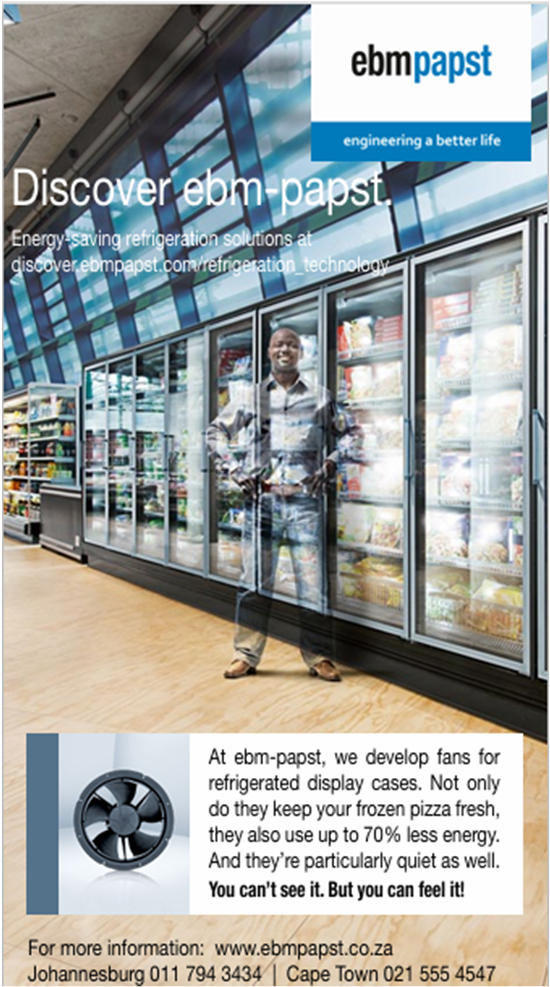
“This is where factors such as good insulation – such as environmentally friendly blowing agents like EcoMate in the polyurethane mixture – comes into play. Equally as important in a display cooler is the glass itself, as up to 80% of the heat ingress into a display cooler is via the glass door.
This is why we use Low-E (low thermal emissivity) glass as standard in our units. Similar to the technology used on visors used by astronauts, the Low-E coating reflects away some of the heat radiation that would normally travel through the glass into the case.”
For Concord’s Messenger, their imported European-made Fricon self-contained freezers represent a groundbreaking stride in redefining energy-efficient products. He says, “These freezers herald a new era of sustainable refrigeration. Their energy efficiency, synergy with solar power, potential for energy and cost savings, user friendly operation, and adaptability for retrofitting underscore their position as pioneers in the field.”
Q: We’ve seen global companies talk a lot about energy management. How does that affect the local market?
Energy management is another area that has seen impressive improvements and new developments in terms of technology, software, and hardware.
Hills says, “Control of the refrigeration system, as well as the functionality of the machine itself, is achieved using an EMD (Energy Management Device).
We use the Danfoss ERC112d EMDs in our units, and these offer full digital control of the refrigeration system, as well as the lighting and fans, with clever functionality that reduces each unit’s use of energy during off peak times with its ECO mode function.
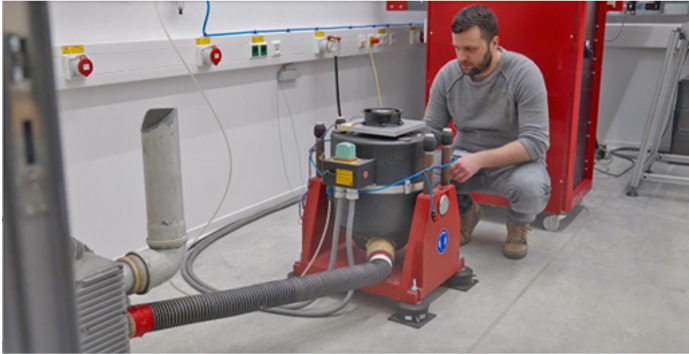
Emd 2
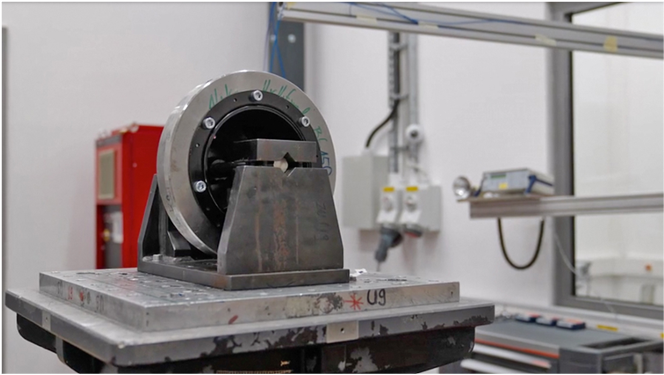
Solar Conversions
This function engages automatically and can save up to 30% electricity consumption over a 24-hour period.”
He adds, “We recently introduced a telemetry device that plugs directly into the EMD and allows for remote monitoring of the key condition and usage elements of the fridge via a web portal. This also enables owners of large fleets of units to better monitor their usage and condition and implement behavioural changes that will make their use more efficient and cost effective.” Hills agrees, saying customers can benefit greatly from product ranges that are available with these features.
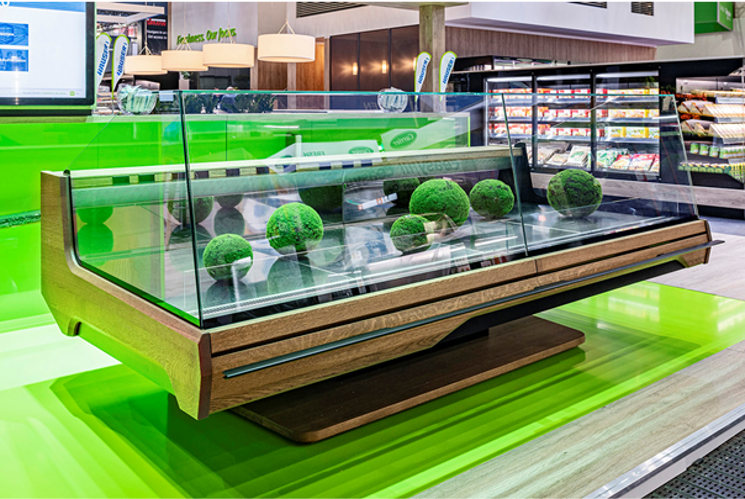
Refrigeration cases that are powerful, reliable, durable, fit for purpose, and energy efficient provide the optimum value.”



